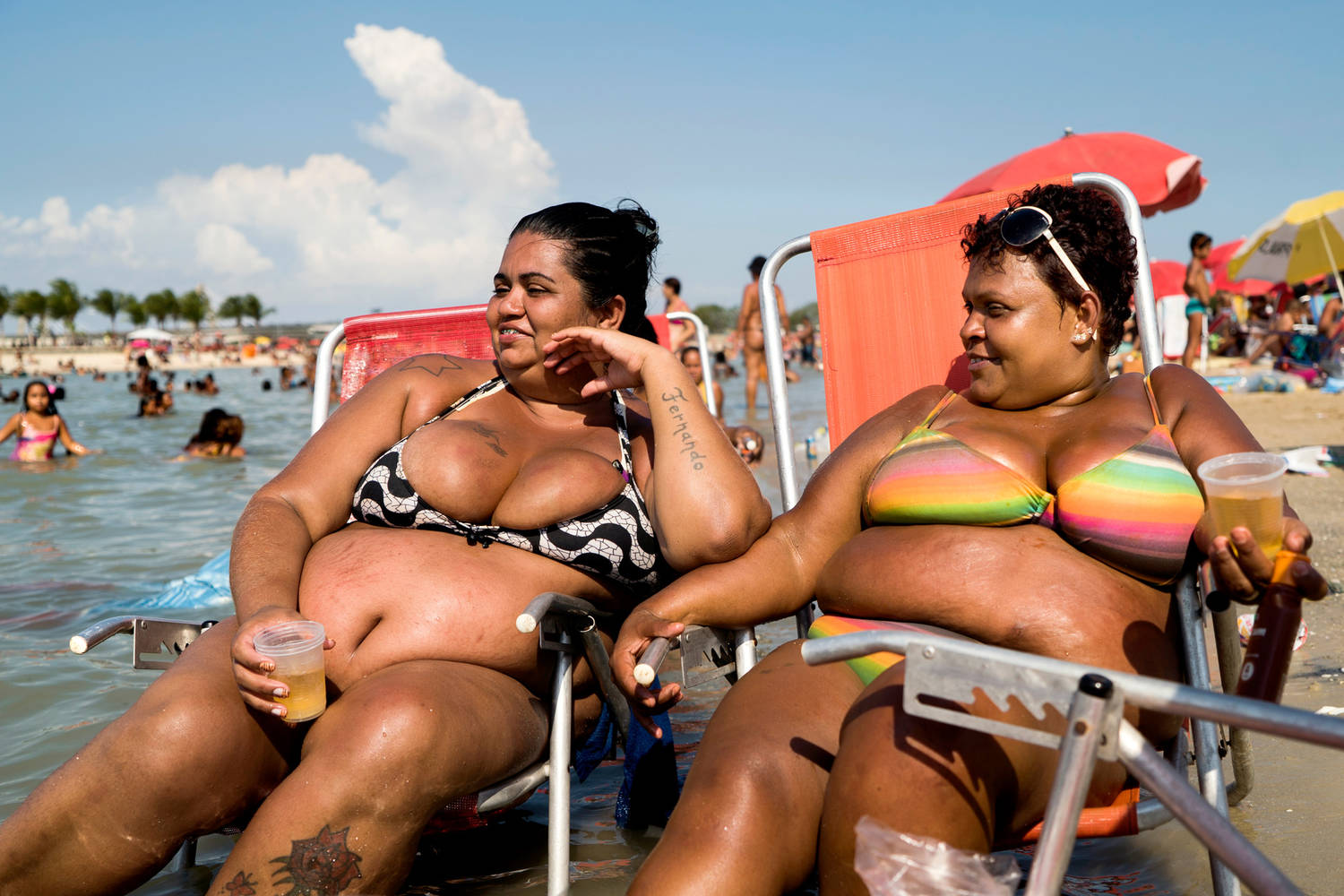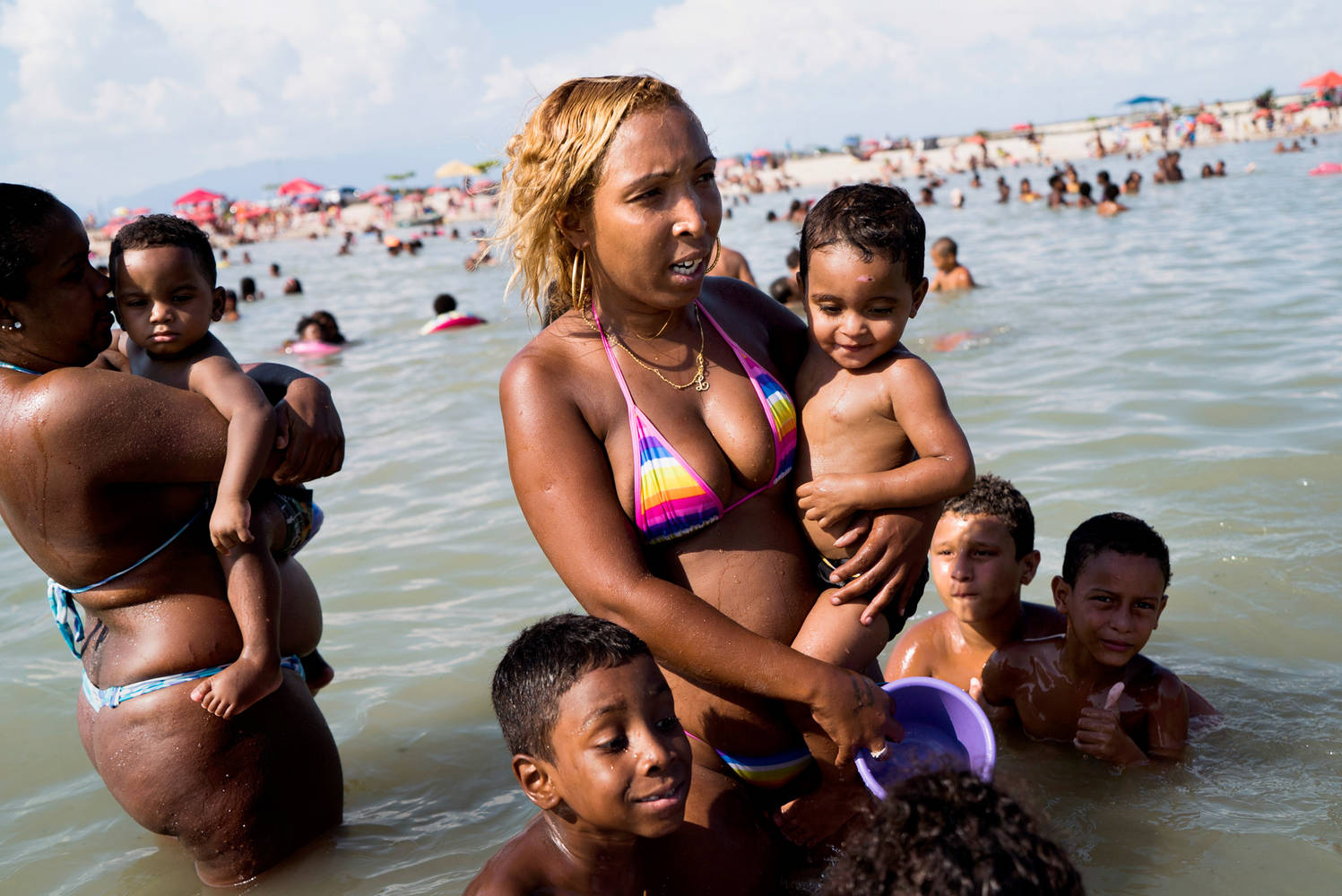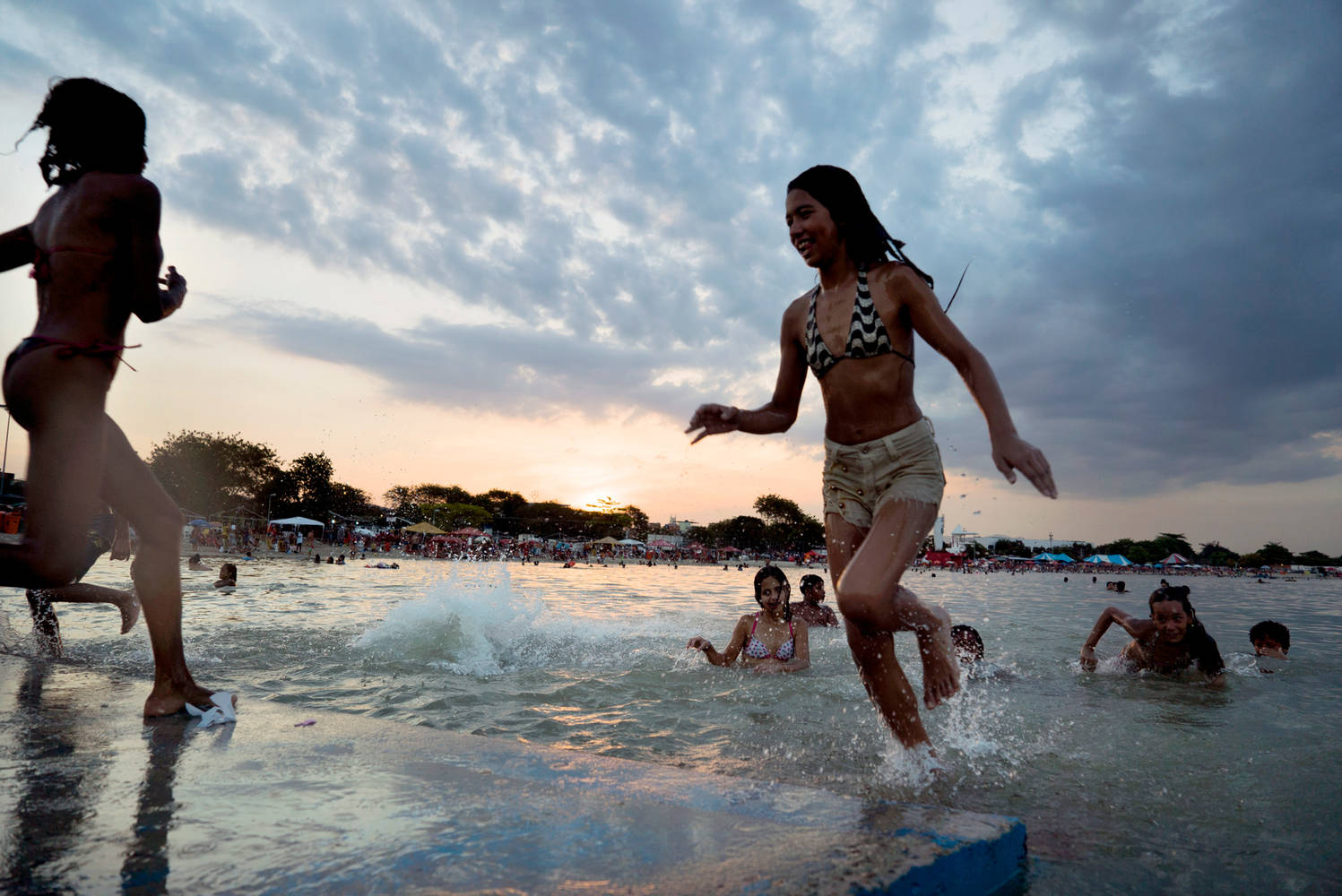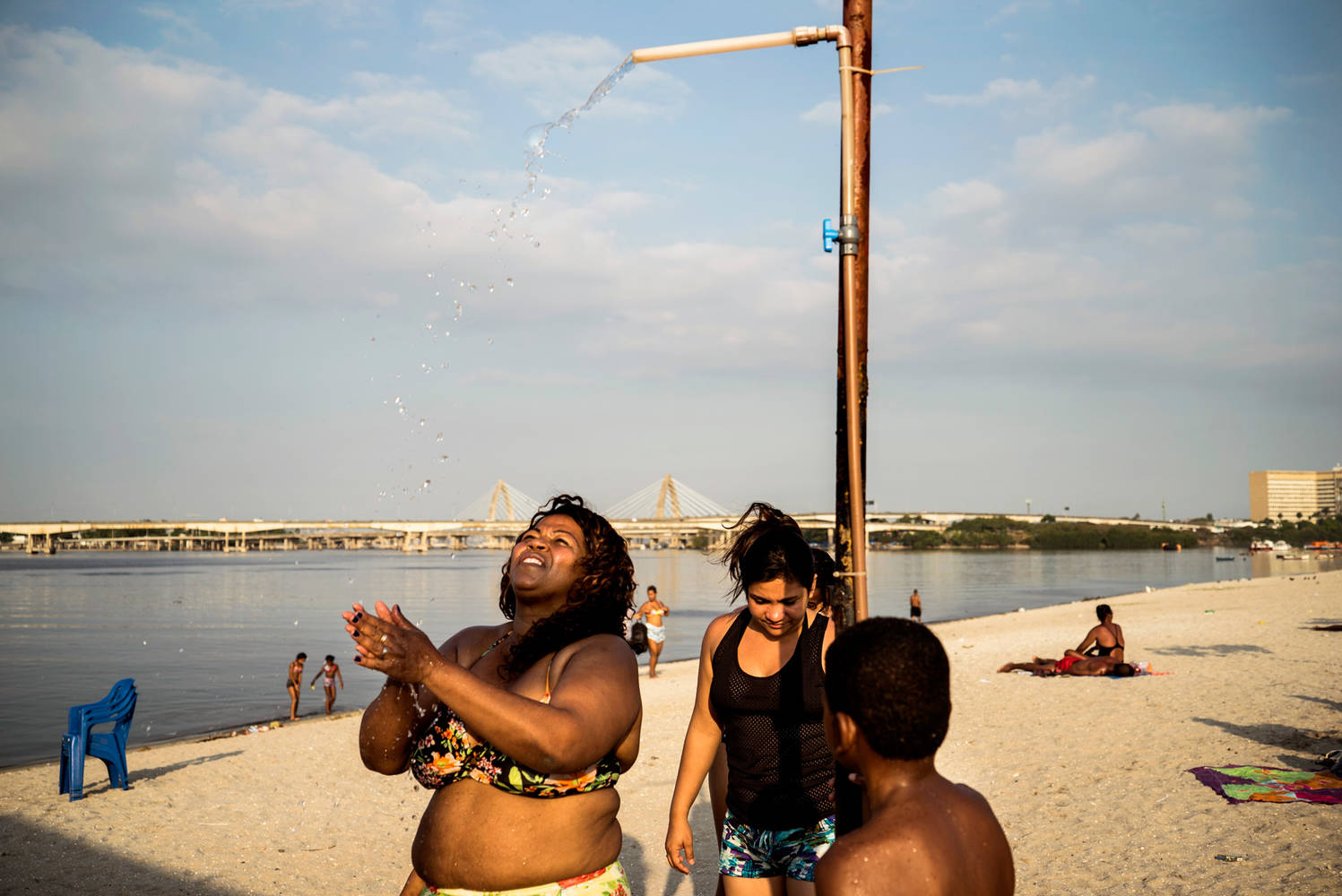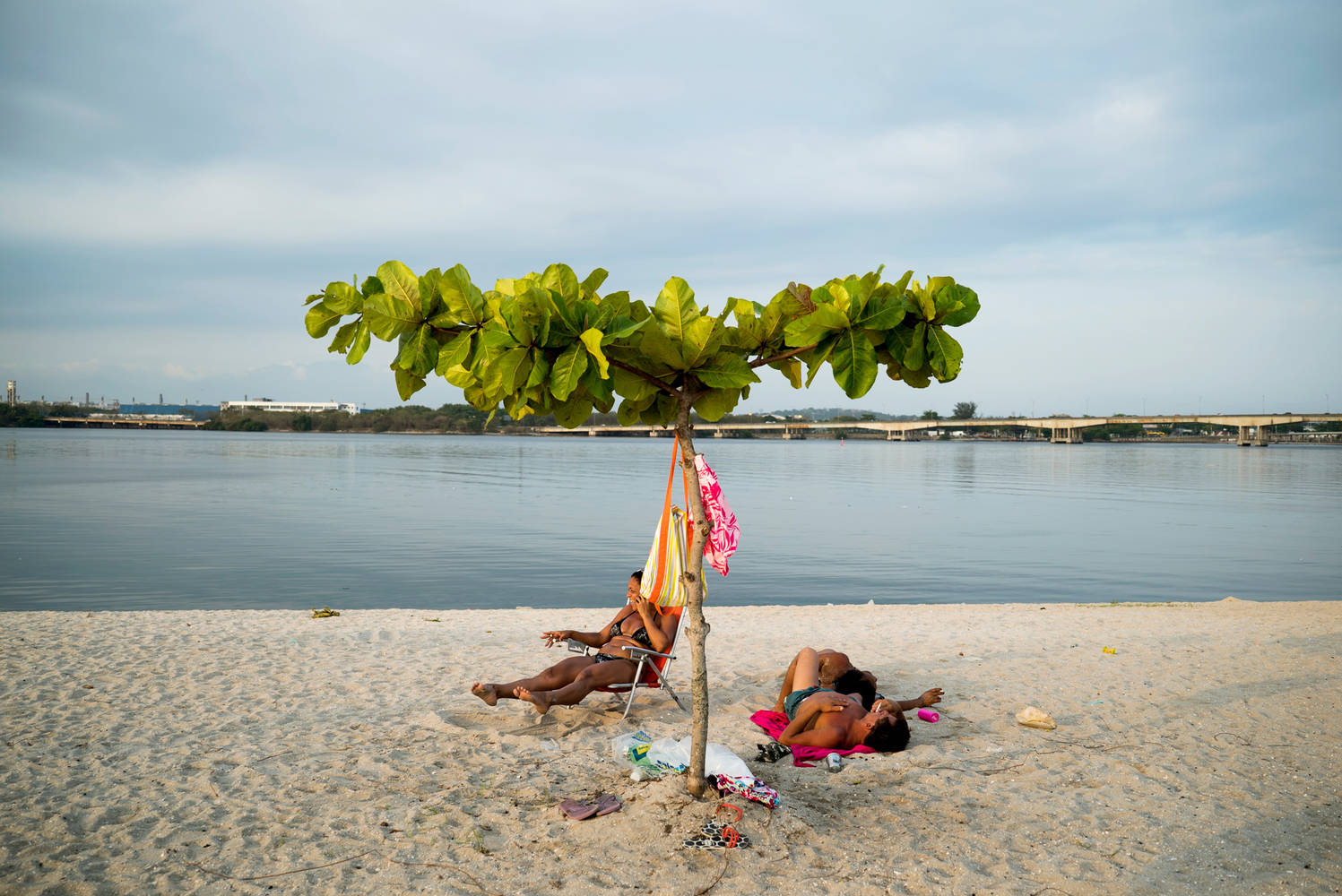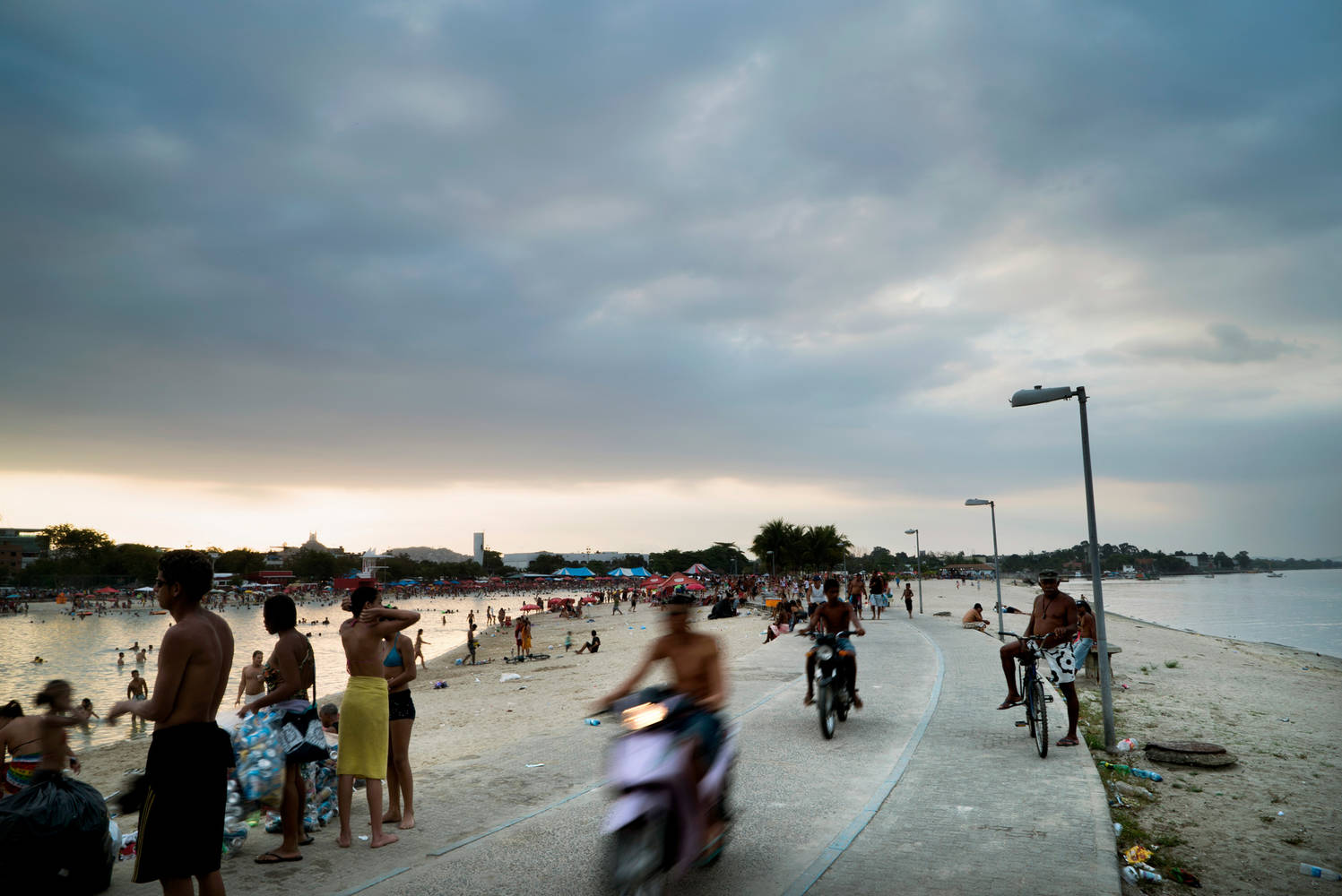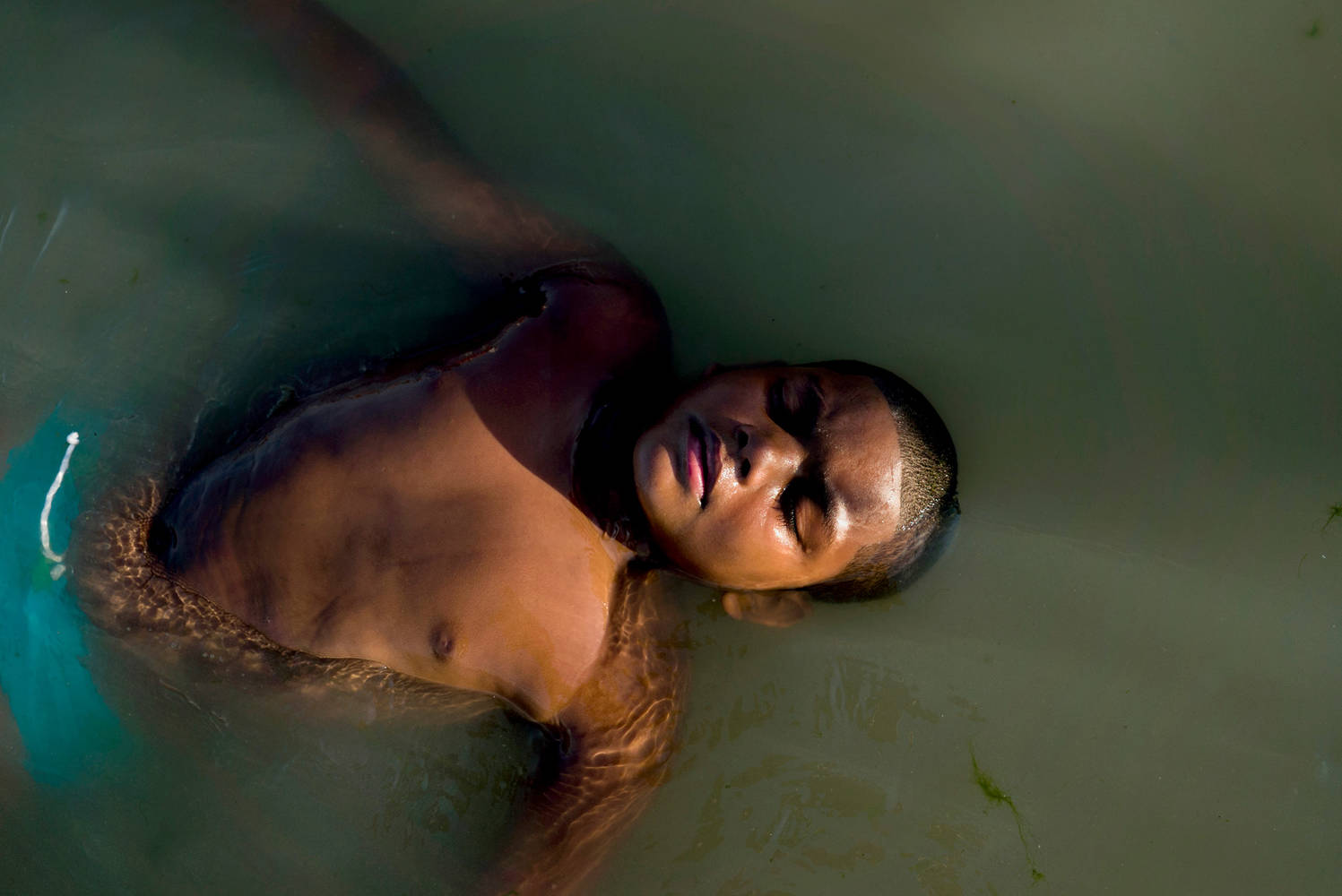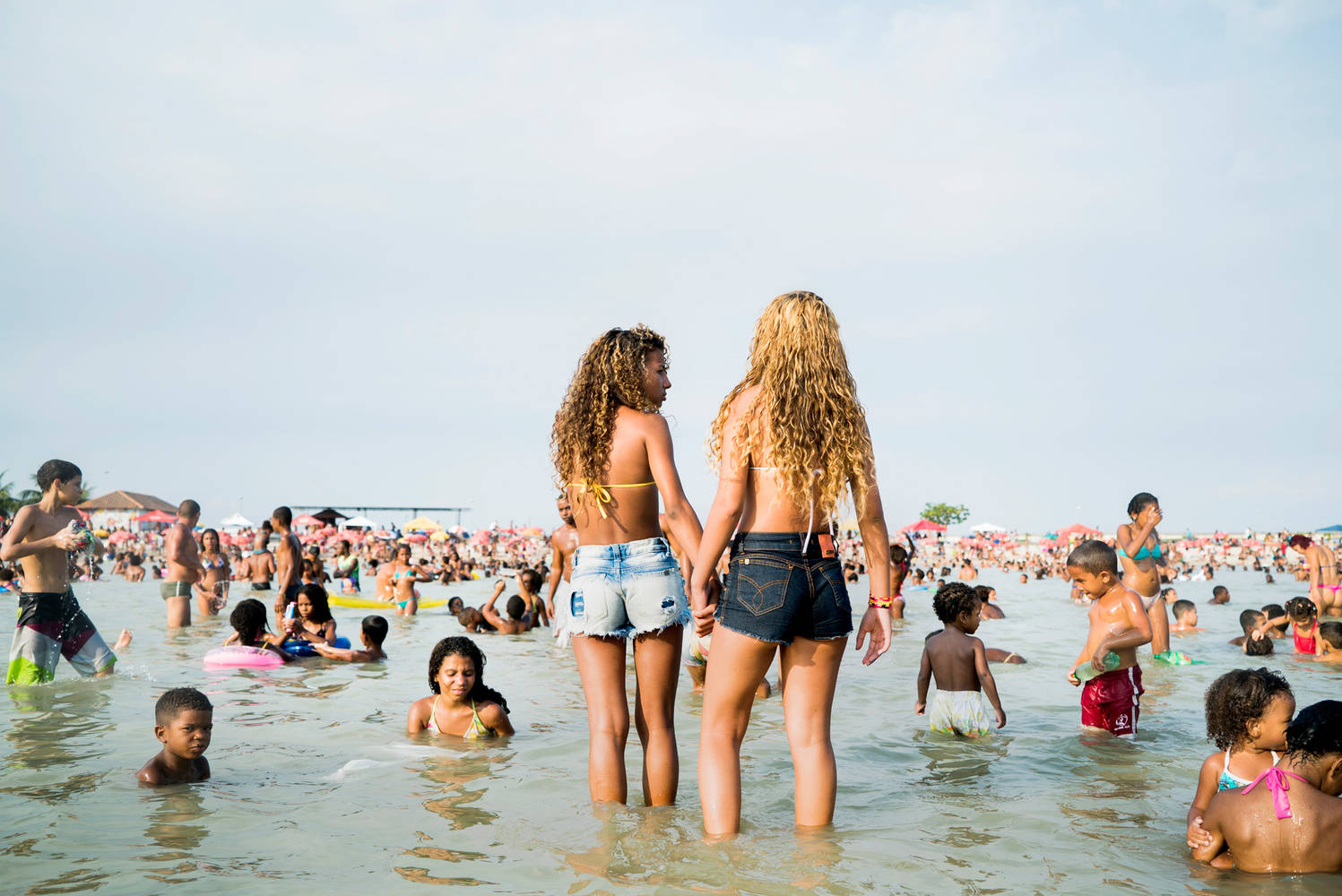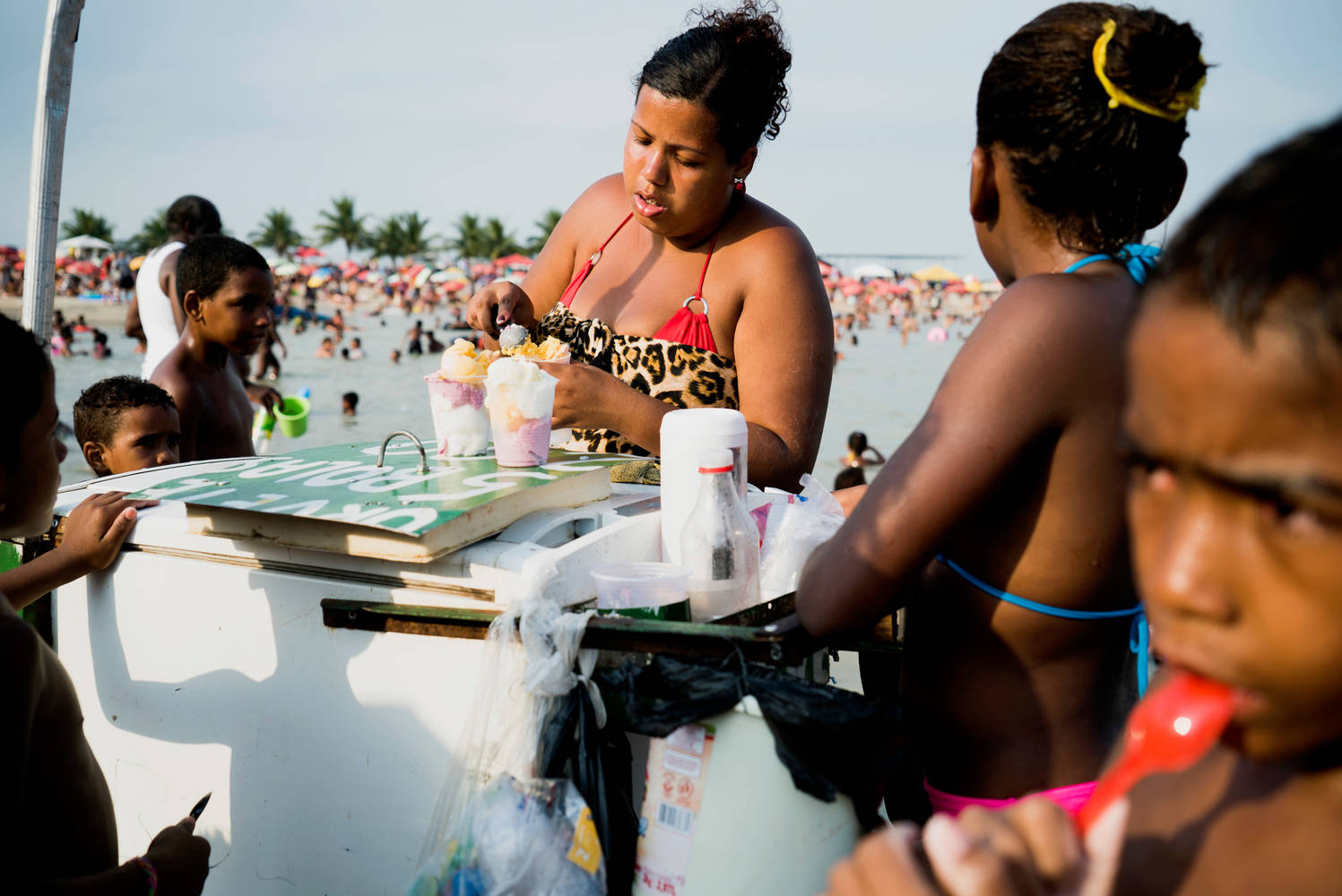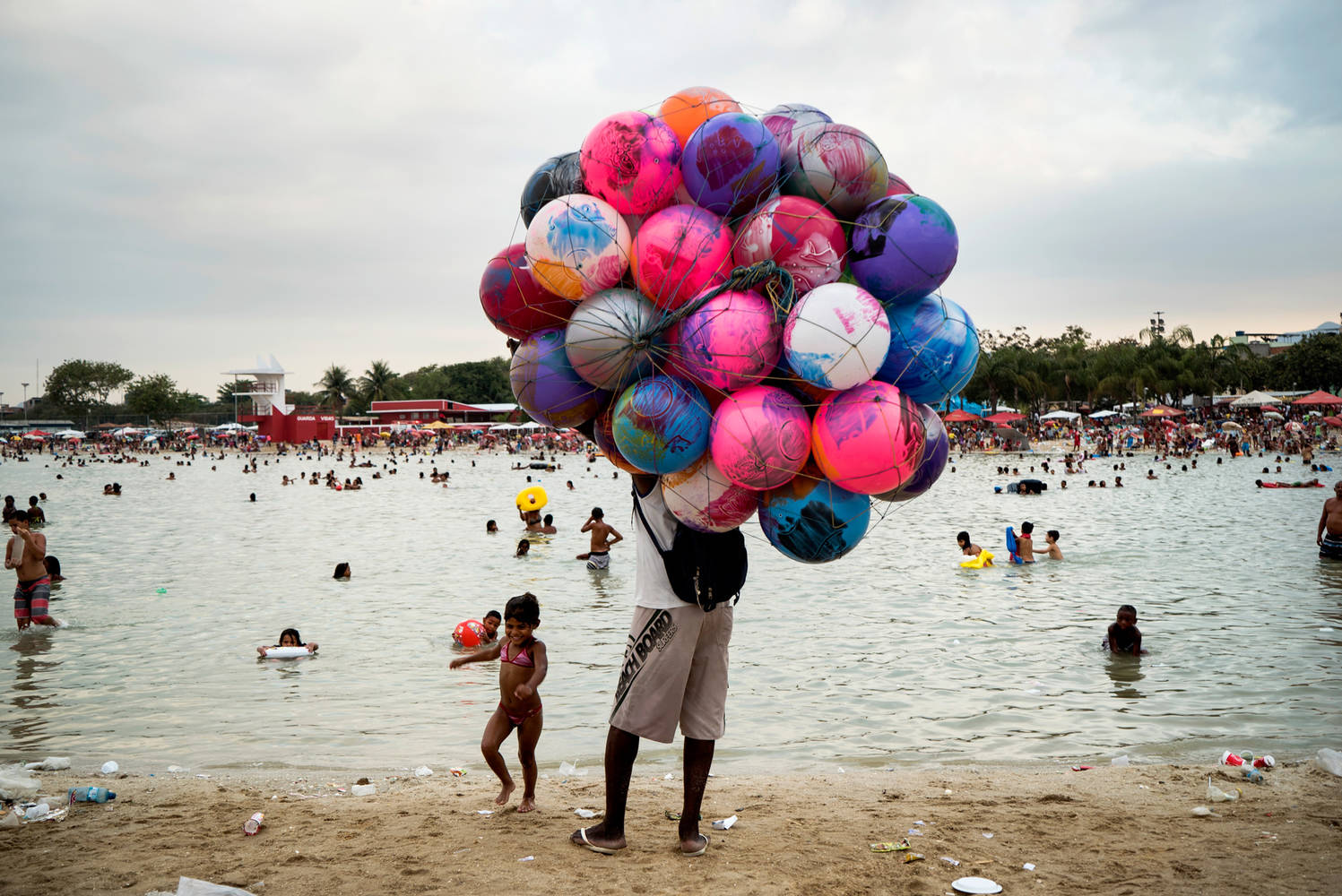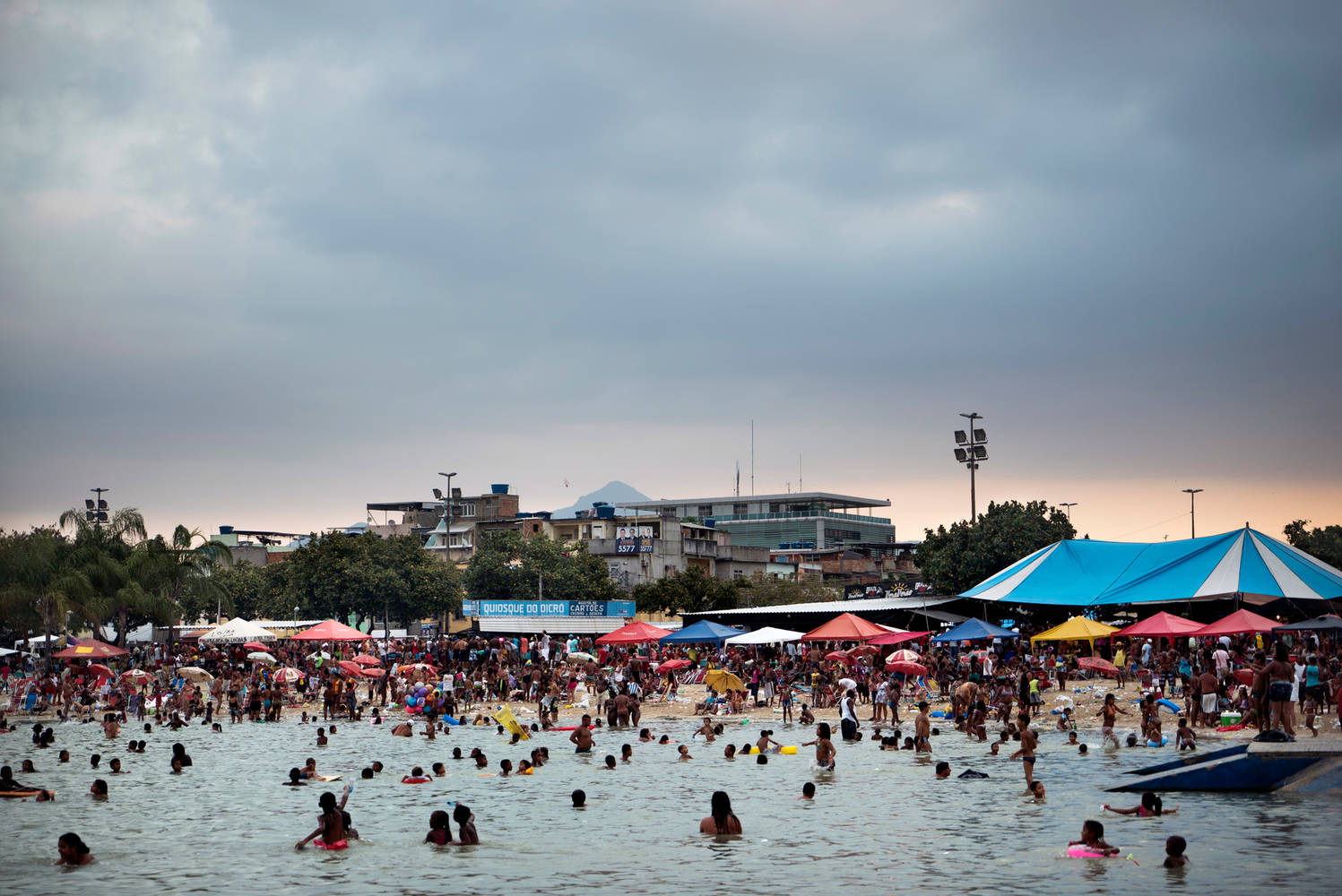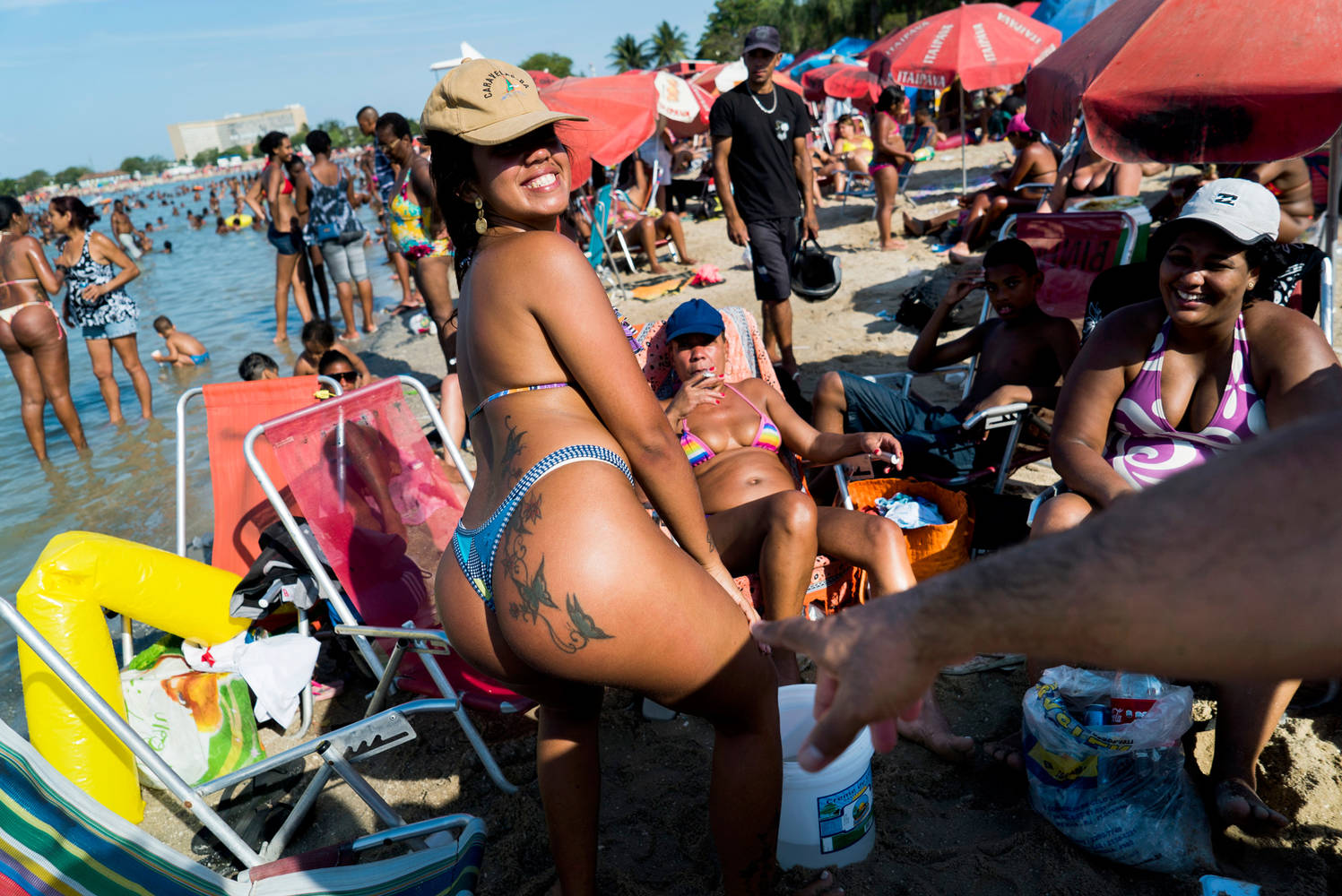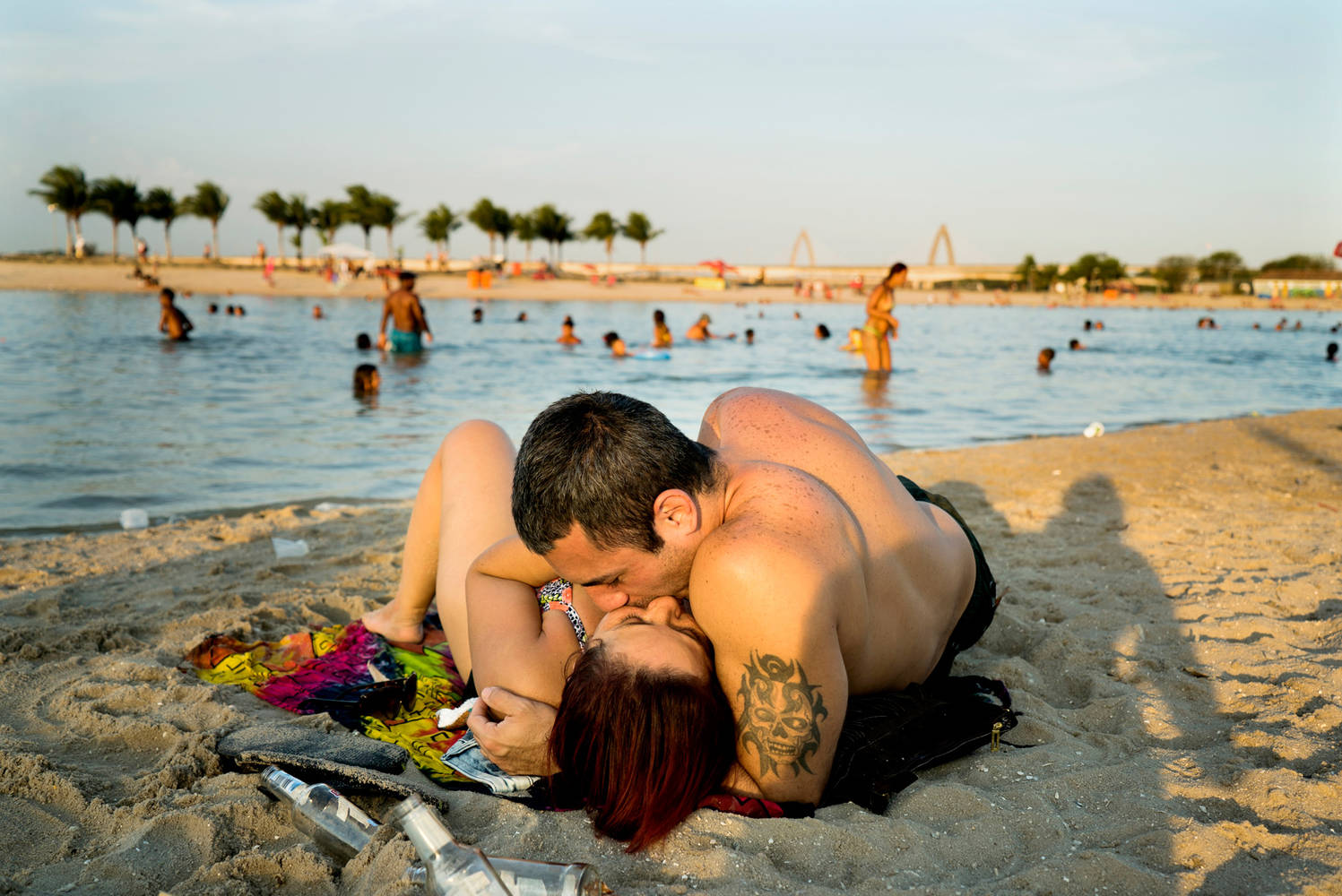Hosting the Football World Cup and the Olympic Games has brought momentous changes to Rio de Janeiro's landscape. Not all cariocas, as the city's residents are known, agree on their benefits.
Rio de Janeiro’s topography is marked by stark social and economic divisions and inequality.
Piscinão de Ramos is an artificial beach and chlorinated swimming pool along the very polluted Guanabara Bay in Rio de Janeiro’s North Zone. Despite its popularity, the ‘Big Pool’ is controversial. Some residents believe it was built to keep them from the luxurious south zone beaches where tourists and visitors to the various sports events gather. The pool was built in 2001 after Guanabara Bay was declared too polluted to swim in and was meant to bring clean water to residents of the North Zone. On busy days, some 80,000 visitors can visit over a single weekend.

